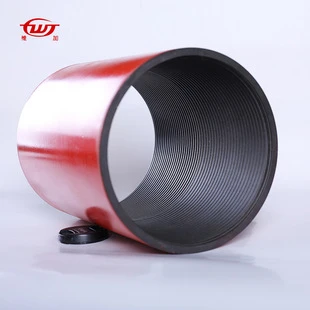- Afrikaans
- Albanian
- Amharic
- Arabic
- Armenian
- Azerbaijani
- Basque
- Belarusian
- Bengali
- Bosnian
- Bulgarian
- Catalan
- Cebuano
- Corsican
- Croatian
- Czech
- Danish
- Dutch
- English
- Esperanto
- Estonian
- Finnish
- French
- Frisian
- Galician
- Georgian
- German
- Greek
- Gujarati
- Haitian Creole
- hausa
- hawaiian
- Hebrew
- Hindi
- Miao
- Hungarian
- Icelandic
- igbo
- Indonesian
- irish
- Italian
- Japanese
- Javanese
- Kannada
- kazakh
- Khmer
- Rwandese
- Korean
- Kurdish
- Kyrgyz
- Lao
- Latin
- Latvian
- Lithuanian
- Luxembourgish
- Macedonian
- Malgashi
- Malay
- Malayalam
- Maltese
- Maori
- Marathi
- Mongolian
- Myanmar
- Nepali
- Norwegian
- Norwegian
- Occitan
- Pashto
- Persian
- Polish
- Portuguese
- Punjabi
- Romanian
- Russian
- Samoan
- Scottish Gaelic
- Serbian
- Sesotho
- Shona
- Sindhi
- Sinhala
- Slovak
- Slovenian
- Somali
- Spanish
- Sundanese
- Swahili
- Swedish
- Tagalog
- Tajik
- Tamil
- Tatar
- Telugu
- Thai
- Turkish
- Turkmen
- Ukrainian
- Urdu
- Uighur
- Uzbek
- Vietnamese
- Welsh
- Bantu
- Yiddish
- Yoruba
- Zulu
Casing Collar Solutions | Durable & Reliable Casing Components
Understanding Casing Collars Essential Components in Well Construction
In the realm of oil and gas exploration, the efficiency and safety of drilling operations are paramount. One crucial element in the well construction process is the casing collar, a fundamental component that plays a significant role in the integrity of the entire wellbore.
What is a Casing Collar?
A casing collar is a thickened ring or band that is integrated into the casing string during drilling operations. Casing itself is a series of pipes that line the wellbore, providing support and preventing collapse while isolating different geological formations. The casing collars are strategically placed at intervals along the casing string, serving both functional and structural purposes.
Functions of Casing Collars
1. Connection Points Casing collars serve as connection points for casing sections. They feature threaded ends that allow for the secure attachment of lower casing strings. This ensures that the entire casing string is tightly joined, minimizing the risk of failure during operations.
2. Enhanced Structural Integrity The additional thickness provided by the casing collar increases the strength of the casing at critical junctions. This added durability is essential for withstanding the pressures experienced downhole, preventing deformation or collapse.
3. Measurement and Monitoring Many casing collars come equipped with features that facilitate the measurement of various well parameters. These collars can house sensors that monitor temperature, pressure, and other critical data, allowing operators to make informed decisions during drilling.
casing collar

4. Establishing Depth Markers Casing collars can also act as depth markers within the well. By incorporating collars at specific intervals, operators can easily identify and access certain depths, which is crucial for interventions or maintenance work.
Material and Design
Casing collars are typically made from high-strength steel or other alloys that can withstand harsh downhole conditions, including corrosive environments and extreme temperatures. The design often includes features like internal ribs or wave patterns to enhance bonding with cement, ensuring a secure seal when casing is cemented into place.
Importance in Drilling Operations
The role of casing collars in drilling operations cannot be overstated. They help to prevent wellbore instability, which is critical in maintaining the safety of drilling activities. By providing structural support and facilitating communication between the surface and the well, casing collars contribute significantly to the overall success of well construction.
Conclusion
In summary, casing collars are integral to the drilling process in oil and gas operations. Their ability to provide structural support, serve as connection points, and monitor well conditions makes them indispensable. As technology evolves, the design and functionality of casing collars continue to improve, enhancing safety and efficiency in well construction. Understanding these components is vital for anyone involved in the drilling industry, as they are a key factor in achieving operational success. With ongoing advancements, the future of casing collars promises to be even more innovative, ensuring safe and efficient energy production for generations to come.
-
Tubing Pup Joints: Essential Components for Oil and Gas OperationsNewsJul.10,2025
-
Pup Joints: Essential Components for Reliable Drilling OperationsNewsJul.10,2025
-
Pipe Couplings: Connecting Your World EfficientlyNewsJul.10,2025
-
Mastering Oilfield Operations with Quality Tubing and CasingNewsJul.10,2025
-
High-Quality Casing Couplings for Every NeedNewsJul.10,2025
-
Boost Your Drilling Efficiency with Premium Crossover Tools & Seating NipplesNewsJul.10,2025







